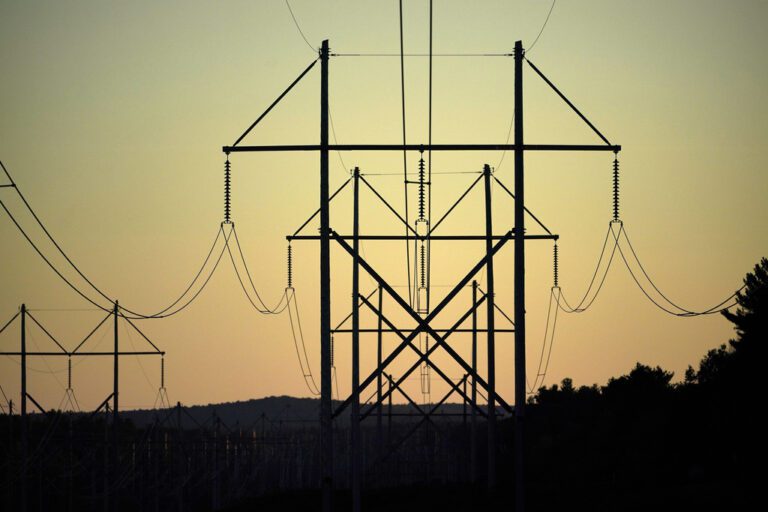Increasing Electricity Prices: Understanding the Trends and Impacts on Consumers
As electricity prices soar across the United States, many consumers are grappling with rising household energy costs. This surge is influenced by a confluence of factors, including heightened demand from energy-intensive AI data centers, outdated electrical infrastructure, and a decline in tax incentives for renewable energy projects.
The Rising Cost of Electricity
Key Drivers of Price Increases
-
AI Data Centers: The demand for electricity has accelerated due to the explosion in data centers required for AI processing. The number of these centers has doubled from 2021 to 2024, with projections indicating a thirtyfold increase by 2035. This burgeoning growth is anticipated to require 123 gigawatts of electricity annually—equivalent to powering approximately 137 million American homes.
-
Aging Infrastructure: Nearly 70% of transmission lines in the U.S. are over 25 years old, and many are approaching their 50-year lifespan. The Department of Energy has warned that the nation must expand its transmission capabilities by up to 60% by 2030, creating a pressing need for upgrades and replacements.
- Reduction in Renewable Energy Incentives: A recent decision to end tax incentives for wind and solar projects has steered investment back toward natural gas, a source with often higher operational costs. This shift is expected to exacerbate electricity bills for consumers.
Consumer Impact
In June 2025, recent reports indicated that per kilowatt-hour revenues in the residential electricity sector increased by 6.6% compared to the previous year. States such as Maine, New Jersey, and the District of Columbia experienced significant hikes, with increases above 21%. Furthermore, while the Consumer Price Index for electricity slightly decreased by 0.1% from June to July, the year-on-year index has risen by 5.5%—twice the overall inflation rate.
Regional Variations in Electricity Pricing
One area particularly affected by rising prices is the Mid-Atlantic region, which saw electricity bills surge between $30-$40 per month starting in June. The market operator PJM has struggled to keep pace with the demand from new data centers, contributing to higher consumer costs.
Expert Insight
Brendan Pierpont, Director of Electricity Modeling at Energy Innovation, explains the discrepancy:
“It seems like rising demand is not being met with supply rising as quickly as it’s being asked for.”
This is a critical issue for consumers in regions where infrastructure upgrades have lagged behind demand growth.
Broader Economic Factors Influencing Electricity Prices
Beyond local influences, national decisions also weigh heavily on electricity costs:
-
Trump Administration Policies: Critics argue that previous administrations’ decisions regarding renewable energy projects have skewed pricing dynamics to favor fossil fuels, subsequently leading to inflationary pressures on consumer electricity bills.
- Natural Gas Dependency: Reports indicate that the U.S. experienced skyrocketing natural gas prices due to crises in Europe, further impacting the pricing landscape and subsequently household electricity bills.
Future Outlook: What Lies Ahead?
As demand for electricity in the U.S. is projected to increase by 25% by 2030 and 78% by 2050, the implications for energy policy and infrastructure are profound.
Critical Statistics
- Peak Demand by 2030: Expected to grow by 14% and 54% through 2050.
- Infrastructure: An urgent need for upgrades to avoid increased service disruptions and higher prices.
Conclusion
As electricity prices continue to rise, understanding the interplay of factors affecting this trend becomes paramount for consumers. From outdated infrastructure to booming AI data center demand, the future of energy pricing will be shaped by an urgent need for modernization and policy reevaluation. Ensuring a stable and affordable power supply will require concerted efforts from both policymakers and energy providers.
Further Reading
For those looking to dive deeper into the subject of energy pricing and policy, consider these resources:
- U.S. Energy Information Administration
- Deloitte Research on Energy and Industrials
- Energy Innovation: A Climate Policy Think Tank
By staying informed about these dynamics, consumers can better navigate the challenges posed by rising electricity costs.


